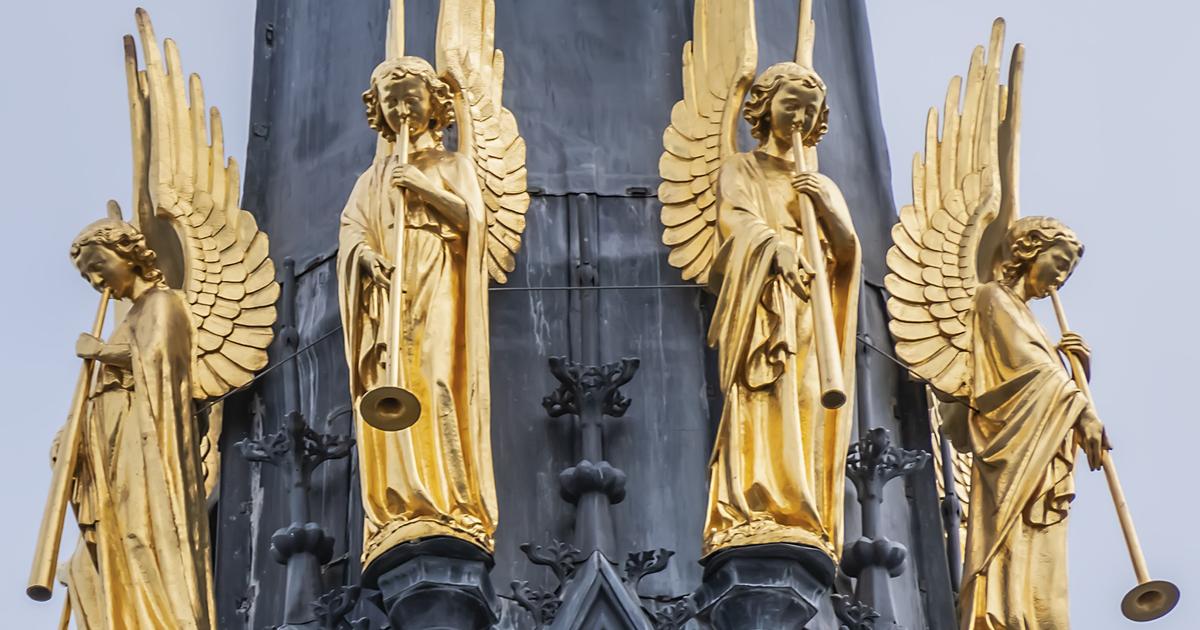The Penzberg monument protectors hope that they will still be able to prevent the demolition of the former slaughterhouse on Karlstrasse.
The city has invited representatives of the association for a tour next week.
The building committee is also dealing with the building.
However: Hope is probably deceptive.
Penzberg - The building complex, which served as a slaughterhouse from 1899 to 1970, is to be demolished - probably in the spring.
The area will be used as a parking lot until a new building, possibly a residential area, is built.
So it was decided in August by a city council majority.
The Association for Monument Preservation and Penzberg City History then spoke of a “Penzberg cultural disgrace”.
In November he called for the demolition to be reconsidered and suggested that the building and its surroundings be opened to the public for viewing at an open day.
Planned demolition: conservationists hope for a delay
It didn't come to that.
An open day with many visitors was difficult to imagine because of the corona pandemic alone.
Now new hope is germinating among the preservationists.
The city has invited representatives of the association for a tour.
In addition, the slaughterhouse building is on the agenda of the construction committee next Tuesday.
From the point of view of the monument association, the goal would be to obtain a delay, as chairman Max Kapfer explained in the run-up to the on-site visit.
In this case, according to him, if the Corona conditions allow, it could still be something with an open house so that the public can get an idea.
Mayor: "We'd have to put millions in"
Mayor Stefan Korpan (CSU) sees it a little differently.
When asked, he stated that he had been in the building.
From his point of view, the result: “It is not worth preserving.” If it were to be preserved, it would be like the former metropolitan cinema.
Only the walls would remain.
Otherwise everything would have to go.
The floors between the wooden beams consist of reed mats, so-called false floors, he explained.
The building is also not insulated.
"We'd have to put millions into it so that in the end there would be four walls," he said.
According to Korpan, the building committee and the monument association should get an idea of this for themselves at the viewing appointment.
It's about clarification and clarification.
Nevertheless, he wants to deal with the monument association.
The monument association, on the other hand, speaks of a monument that has been "ruthlessly built up and wasted" in recent years.
According to the association, it is worth more than one consideration to restore the slaughterhouse "back to its old beauty".
Incidentally, a memorial could also be a memorial without any major aesthetic highlights, he argues.
That can already be read in the Monument Protection Act.
"Penzberg most famous woman"
The name of Renate Ross-Rathe (1915 to 2004) is closely associated with the former Penzberg slaughterhouse on Karlstrasse.
The historian Reinhard Heydenreuter counts the veterinarian and writer among the “great personalities of Penzberg who have obviously been completely forgotten”.
Heydenreuter, who belongs to the Penzberg Monument Association, speaks of "Penzberg's most famous woman".
He wrote a treatise on her.
Renate Ross-Rathe, who lived in Penzberg from 1944 to 1970, was "not only one of the first vets in Germany and one of the most successful German authors in the field of veterinary medicine", "but also one of the most important translators of English-language literature in the field of biology and veterinary medicine" , explains Heydenreuter.
In addition, she wrote books for young people and children in large numbers.
According to him, Renate Ross-Rathe was the veterinary director of the Penzberg slaughterhouse at Karlstrasse 6 for 25 years. The vet also ran her practice there.
She was also known and sought after as a specialist in equine diseases beyond Bavaria.
In his treatise, the historian also goes into the ancestors of Ross-Rathe, "a Schleswig-Holstein family of scholars".
Her father was the travel writer Colin Ross.
According to Heydenreuter, Renate Ross-Rathe himself married the dentist and later dentist Georg Wilhelm Rathe in 1948, who according to the address book lived at Karlstraße 6 in 1949.
After the slaughterhouse was closed in 1970, the couple moved to Hohenberg in Lower Austria.
Heydenreuter combines his research with the appeal to preserve the building not only because of its history, but also as a memorial in memory of Renate Ross-Rathe.
It is important to preserve the memory, also because, according to Heydenreuter, "because Penzberg has so far shown a noticeable deficit in its culture of remembrance with regard to strong women".







